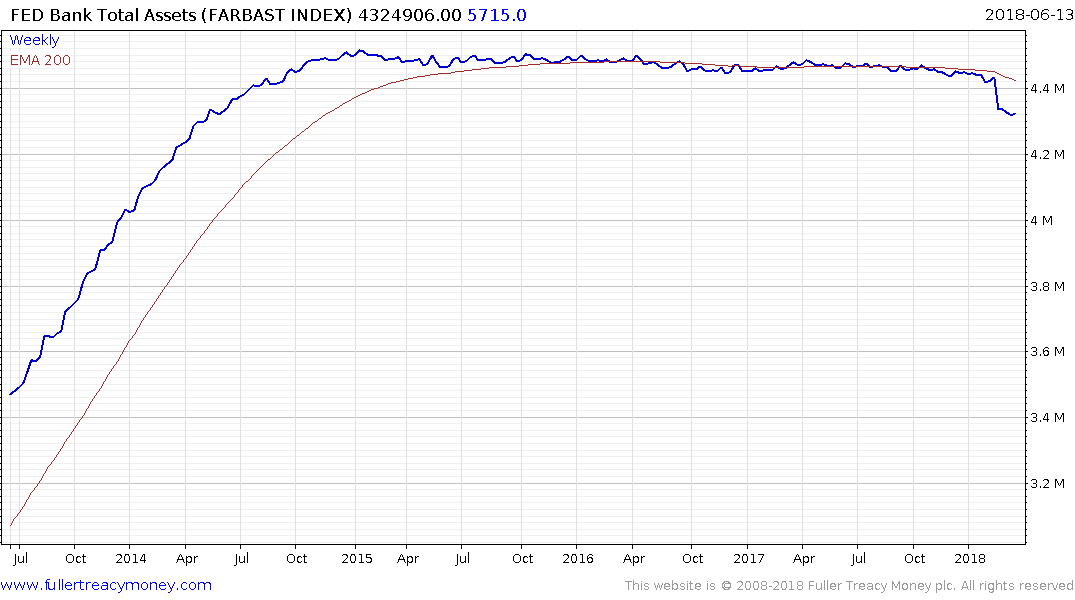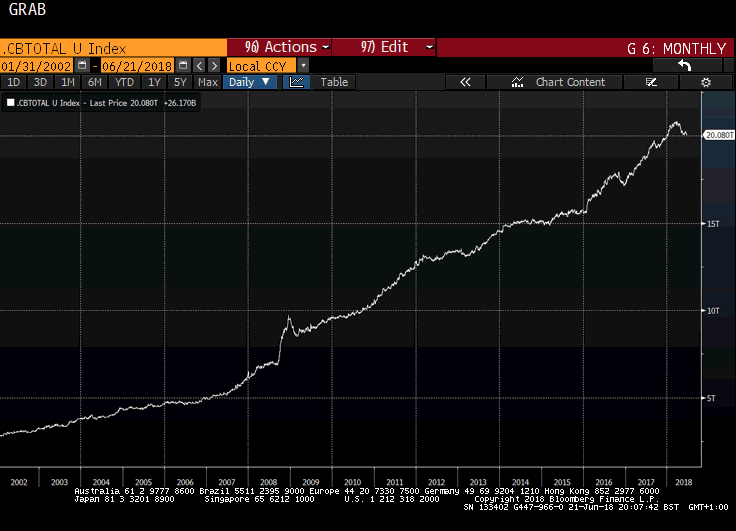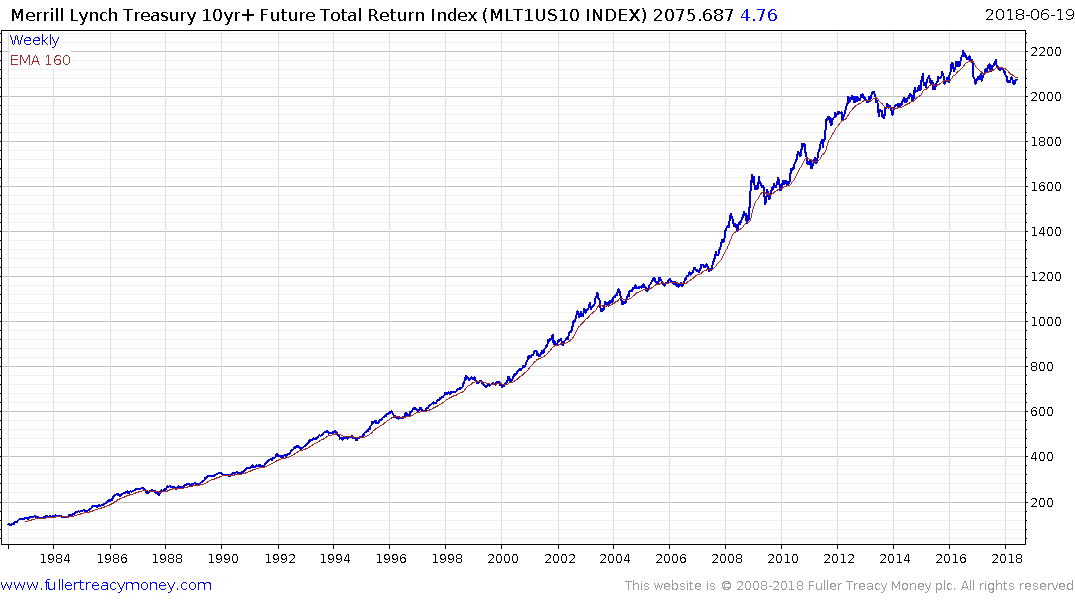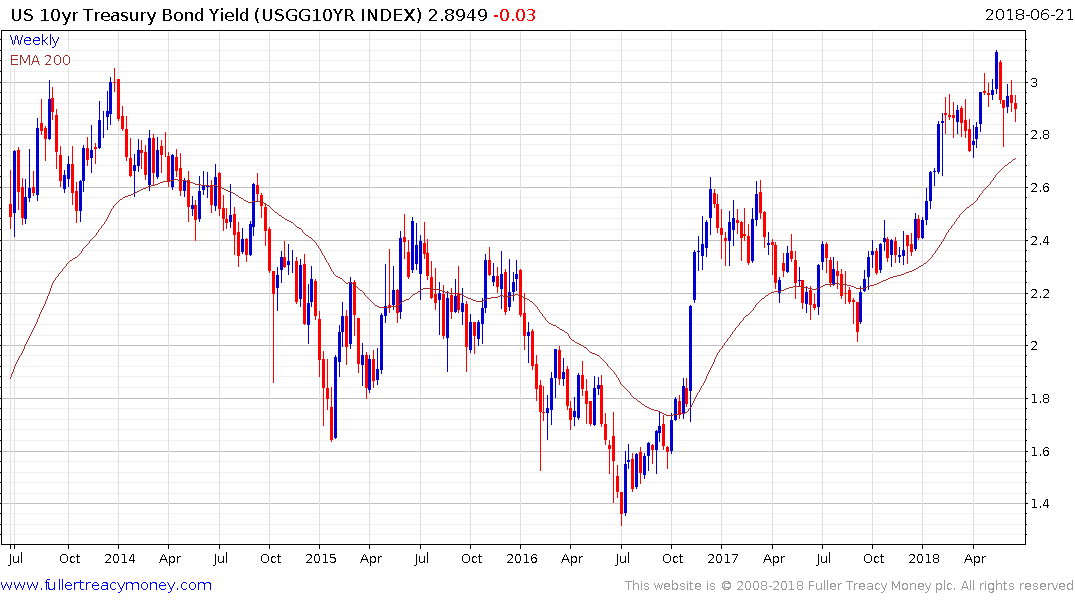Baby Boomers Strains U.S. Welfare Programs
This article by Janet Adamy and Paul Overberg for the Wall Street Journal may be of interest to subscribers. Here is a section:
The surge of retiring baby boomers is reshaping the U.S. into a country with fewer workers to support the elderly—a shift that will add to strains on retirement programs such as Social Security and sharpen the national debate on the role of immigration in the workforce.
For most of the past few decades, the ratio of retiree-aged adults to those of working age barely budged. In 1980, there were 19 U.S. adults age 65 and over for every 100 Americans between 18 and 64, census figures show. That number—called the old-age dependency ratio—barely edged up over the next 30 years, rising to just 21 retiree-aged Americans for every 100 of working age in 2010.
But there has been a rapid shift since then. By 2017, there were 25 Americans 65 and older for every 100 people in their working years, according to new census figures released Thursday that detail age and race for every county. The ratio would climb to 35 retiree-age Americans for every 100 of working age by 2030, according to census projections released earlier this year, and 42 by 2060, though currently unforeseen factors could alter that.
The Labor Force Participation rate has been relatively static for much of the last couple of years and that is despite the pick-up in economic activity from the tax cuts and the tightness in the labour market. The retirement of baby boomers is a logical explanation for why the measure is not rising.
.png)
This graphic from Oxford Economics highlights just how much pressure this evolving situation will put on the USA’s Social Security program. It is now in deficit even with interest payments and its condition will deteriorate considerably as more people retire.
The hope of the tax cuts and fiscal bump was that growth would surge higher so that meeting the deficit in social programs would be less of a burden. If that best-case scenario does not pan out then a lot more debt and/or higher taxes to fund the deficit are going to be necessary. Of course, that’s coming on top of the debt issued to fund the tax cuts.

Against that background the Fed is reducing the size of its balance sheet and is not buying more Treasuries nor mortgage bonds.

On aggregate central banks are reducing the size of their balance sheets in the most aggressive manner in decades.

The Merrill Lynch 10-year+ Future Total Return Index has type-3 top formation characteristics. It used to be the most consistent trend in the world but that is no longer the case.

US 10-year Treasury yields continue to pause below 3% and a sustained move above that level would confirm a return to medium-term supply dominance.


